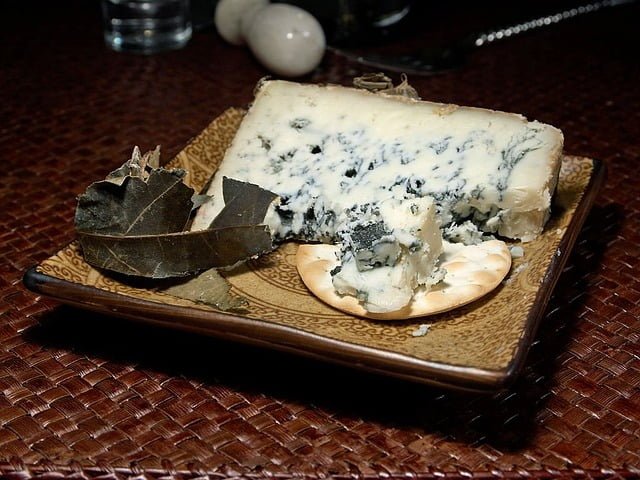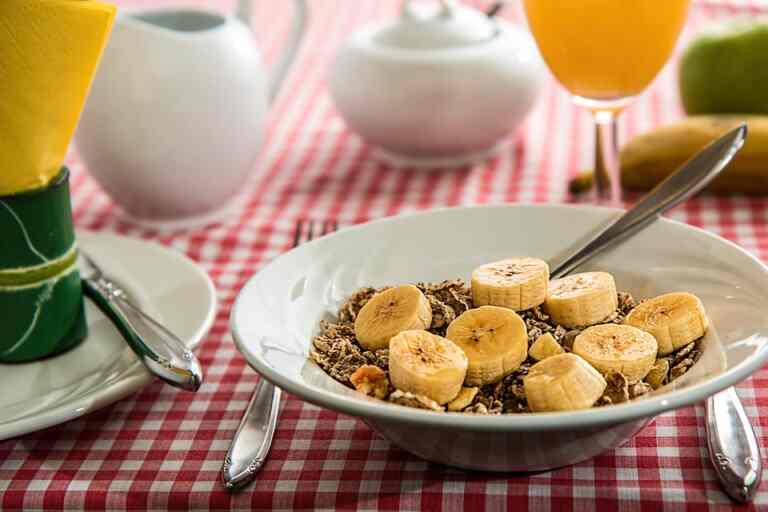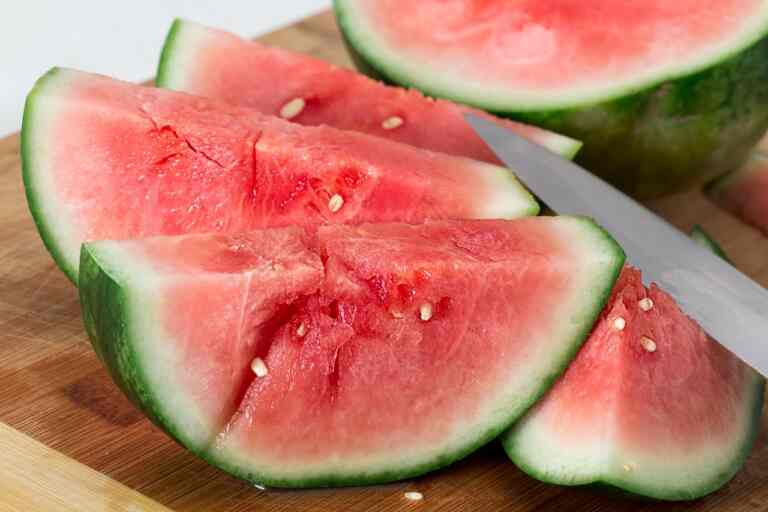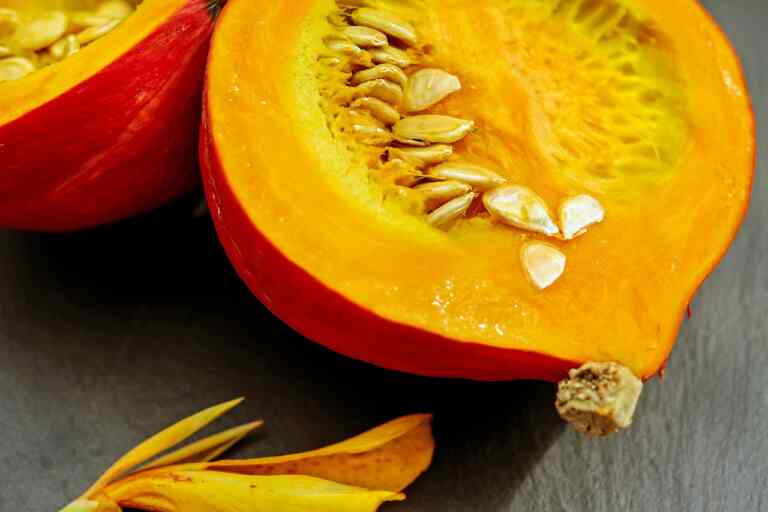Can we eat moldy cheese?
Can we eat moldy cheese ? When faced with a wedge of cheese adorned with intricate patterns of mold, a question often arises: Can we actually eat moldy cheese? The answer isn’t a simple yes or no; rather, it depends on various factors. Let’s delve into the world of moldy cheese, exploring the science, safety, and culinary considerations.
Understanding Mold in Cheese: The Good, the Bad, and the Tasty
Mold is a type of fungus that plays a vital role in the aging and flavor development of certain cheeses. While mold might seem unappetizing, it’s important to note that not all molds are harmful. In fact, many cheese varieties are intentionally inoculated with specific mold strains to achieve their distinctive textures and flavors.
Edible vs. Inedible Molds: Knowing the Difference
There are two main categories of molds in cheese: edible and inedible. Edible molds are carefully cultivated and monitored during the cheese-making process. Examples include the blue veins in Roquefort and Gorgonzola, which contribute to the sharp and tangy profiles of these cheeses. On the other hand, inedible molds are those that develop unexpectedly on cheese, often due to improper storage conditions.
Safety Concerns: When to Toss and When to Savor
While some molds are harmless or even desirable, others can be harmful or toxic. The general rule of thumb is that soft cheeses, like Brie or Camembert, should be discarded if mold is present on the surface. Hard cheeses, such as Cheddar or Parmesan, can be salvaged by cutting away at least an inch around and beneath the moldy area.
Health Implications: Balancing Risk and Reward
Eating small amounts of edible mold in cheese is typically safe for healthy individuals. However, those with compromised immune systems, allergies, or respiratory conditions should exercise caution. Ingesting large quantities of mold, especially from inedible varieties, could lead to adverse health effects.

Appreciating Moldy Cheese: A Culinary Adventure
Moldy cheeses offer a diverse range of flavors and textures that captivate adventurous palates. From the creamy blue veins of Stilton to the pungent rinds of washed-rind cheeses, these delicacies provide a unique gustatory experience. Incorporating moldy cheeses into dishes adds depth and complexity to meals, making them a favorite among chefs and food enthusiasts.
Storing and Handling: Minimizing Mold Growth
To enjoy moldy cheeses safely, proper storage is essential. Keep cheeses in airtight containers to prevent cross-contamination and maintain humidity levels that discourage mold growth. Always store different types of cheeses separately to prevent the spread of molds.
Culinary Adventures: Incorporating Moldy Cheese Varieties into Your Dishes
When it comes to culinary exploration, few ingredients offer the depth of flavor and character that moldy cheeses bring to the table. From the earthy tang of blue veins to the complex aromas of washed-rind varieties, moldy cheeses open up a world of creative possibilities in the kitchen. Here, we embark on a journey to discover how to incorporate these unique cheeses into your dishes, elevating your meals to new heights of taste and sophistication.
1. Bold Beginnings: The Cheese Plate Revamped
Transform the traditional cheese plate into a masterpiece by showcasing an array of moldy cheeses. Combine the rich creaminess of Camembert with the zesty kick of Gorgonzola and the smooth complexity of Brie. Pair them with complementary elements such as honey, nuts, and crusty bread to balance and enhance the distinct flavors.
2. Heavenly Pastas: Gourmet Gnocchi with Blue Cheese Sauce
Elevate your pasta game by preparing pillowy gnocchi bathed in a velvety blue cheese sauce. The piquant notes of the blue cheese harmonize beautifully with the creaminess of the sauce, creating a luxurious and indulgent dish. Top with toasted walnuts for added texture and depth.
3. Rustic Elegance: Roasted Vegetable Tart with Camembert
Craft a stunning vegetable tart by layering roasted seasonal vegetables atop a buttery puff pastry base. Crown your creation with slices of Camembert, allowing the cheese to melt into the vegetables as they roast together. The earthy flavors of the moldy cheese will meld with the sweetness of the vegetables for a delightful contrast.
4. Mediterranean Delights: Fig and Prosciutto Crostini with Goat Cheese
Capture the essence of the Mediterranean with crostini topped with sweet figs, salty prosciutto, and crumbled goat cheese. The tangy notes of the goat cheese, enriched by its edible mold, perfectly complement the sweetness of the figs and the savory prosciutto.
5. Flavorful Fusion: Blue Cheese-Stuffed Burgers
Infuse your burgers with an unexpected burst of flavor by incorporating blue cheese into the patty itself. As the burgers cook, the cheese inside melts, creating a luscious, tangy filling that pairs exquisitely with the savory beef.
6. Indulgent Indulgences: Chocolate and Brie Dessert Quesadillas
Challenge your taste buds with a unique dessert: chocolate and Brie quesadillas. The creamy, melted Brie, complete with its edible white mold, forms a harmonious union with the rich chocolate. This dessert is a delightful balance of sweet and savory, creating a memorable culinary experience.
7. Exquisite Endings: Mascarpone and Ricotta Cheesecake
Elevate your cheesecake game by incorporating a blend of mascarpone and ricotta cheeses. The nuanced flavors and velvety textures of these cheeses, often aged with delicate molds, provide an ethereal quality to your dessert. Complement with a drizzle of fruit compote for the perfect finale to your moldy cheese culinary adventure.
Incorporating moldy cheese varieties into your dishes isn’t just about embracing the bold and complex flavors they offer; it’s also about unlocking your creativity in the kitchen. By experimenting with these cheeses, you can turn ordinary meals into extraordinary culinary experiences that tantalize the senses and leave a lasting impression. So, embark on your own moldy cheese journey and savor the delightful discoveries that await.
From Blue to Brie: A Journey Through Famous Moldy Cheese Varieties
Embarking on a journey through the world of cheese is like stepping into a realm of diverse textures, aromas, and flavors. Among the most intriguing and beloved categories are moldy cheeses, each with its own story to tell and a unique place in the culinary landscape. Let’s embark on a flavorful adventure as we explore renowned moldy cheese varieties, from the captivating blue veins to the creamy rinds of Brie.
1. Blue Cheese: A Symphony of Tang and Texture
Blue cheese stands as a testament to the marriage of bold flavors and captivating aesthetics. Known for its characteristic blue veins, this cheese owes its unique appearance to the presence of Penicillium mold. Varieties like Roquefort, Gorgonzola, and Stilton dazzle the palate with their tangy, salty, and sometimes spicy profiles. The mold’s intricate network transforms the cheese’s texture, creating a crumbly yet creamy delight that pairs exquisitely with fruits, nuts, and even honey.
2. Camembert: A Creamy Canvas for Mold Magic
Hailing from the heart of Normandy, Camembert is a soft, bloomy-rind cheese that showcases the artistry of mold. Its snowy, edible rind owes its velvety texture to the Penicillium camemberti mold, which lends the cheese a distinctive earthy aroma and a rich, creamy center. As Camembert ripens, the mold gradually transforms the cheese, resulting in a symphony of flavors ranging from buttery and mushroom-like to subtly tangy.
Conclusion: The Moldy Cheese Verdict
In the end, the answer to whether we can eat moldy cheese boils down to informed judgment. While mold can enhance the flavor of many cheeses, it’s crucial to differentiate between edible and inedible varieties and to be mindful of individual health considerations. Exploring the world of moldy cheese can be a delicious journey, provided it’s approached with a balance of caution and culinary curiosity.
This article is reviewed by Russel, before publishing. If you have any doubt, you can contact us or consult with your nearby doctor. Remember, in medical matters, there is no same advice, cure, and medicine for all.






